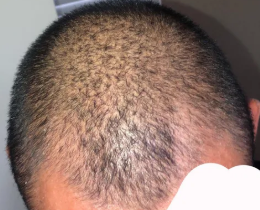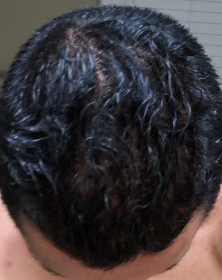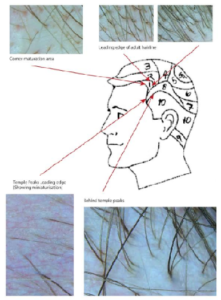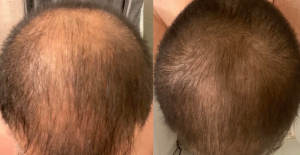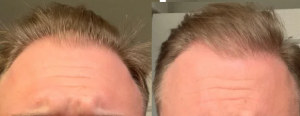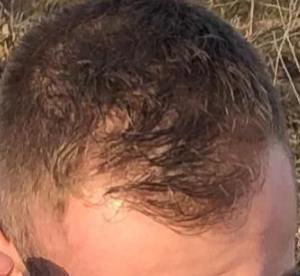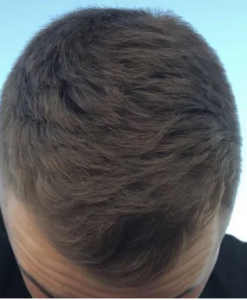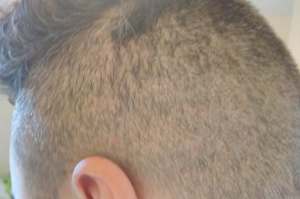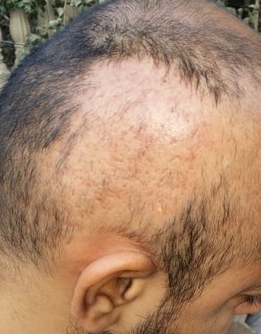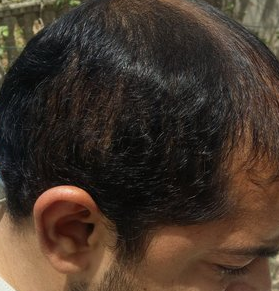I don’t know why I’m typing this, I’ll probably regret this in the morning, since I’m on vyvanse right now. I know you focus on transplants and your not a therapist but, I just want to write to someone. This hairloss fear is getting to me, I’m only 16 and I’m pretty sure I’m not going bald now but the predisposition in my family is so high, my dad AND my mums dad went full bald in their late 20’s that’s just a fucking double whammy, I always hear when people talk about baldness in their family (on Reddit, etc) and its always only one; dad, or mums dad, at least they have hope. What can I do?
At 16, I doubt that you are now losing hair. That may not be the case in the future, but worrying is not going to change anything. Speak with your parents about your fear. At some point if you feel that you might be starting the balding process (rarely before 18), then getting a HAIRCHECK test (https://baldingblog.com/haircheck-test-how-it-is-done-video/) might be the way to go, as this will tell you absolutely if you are losing hair, where and how much. Wait a couple of years before doing this.

